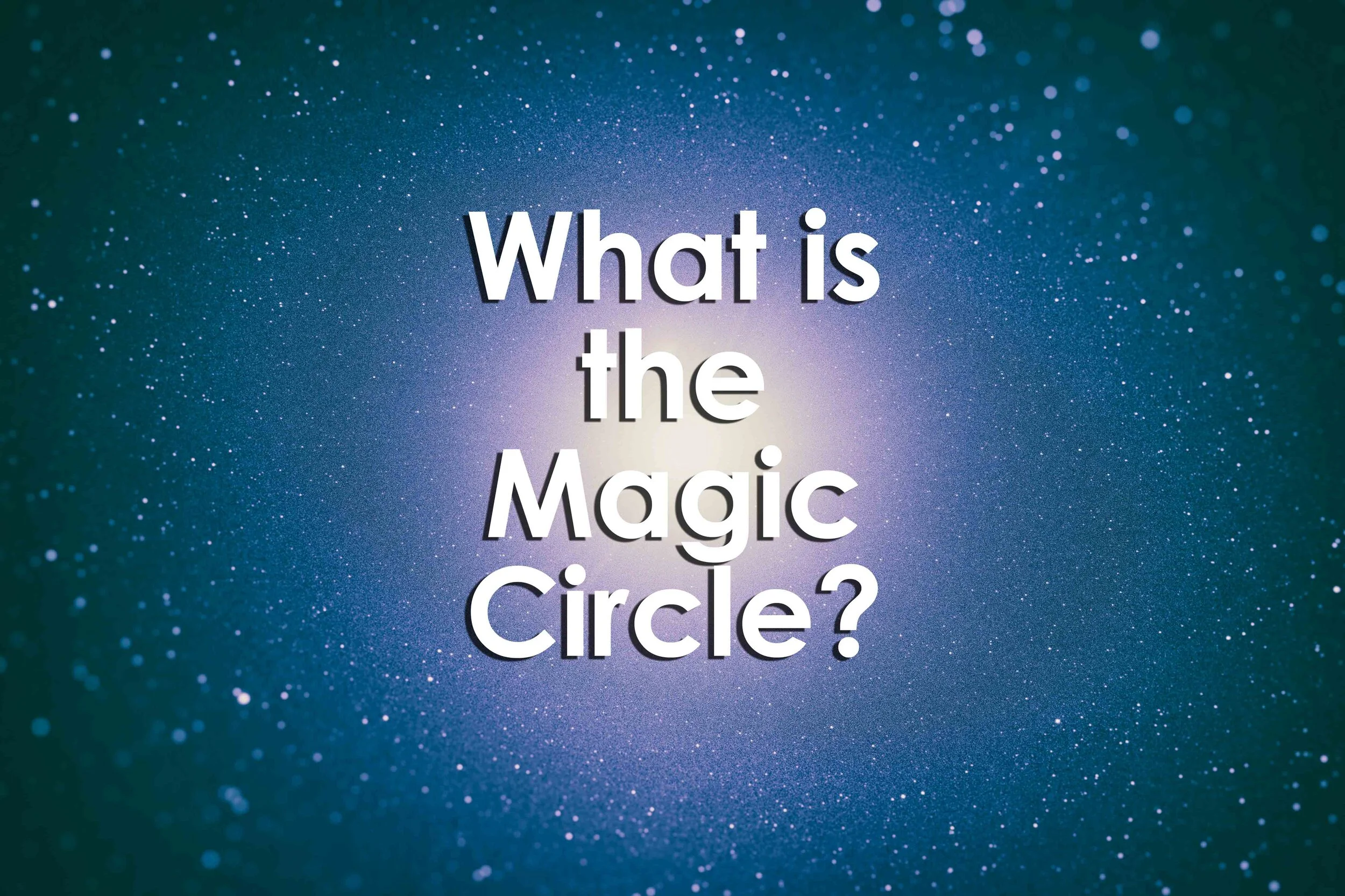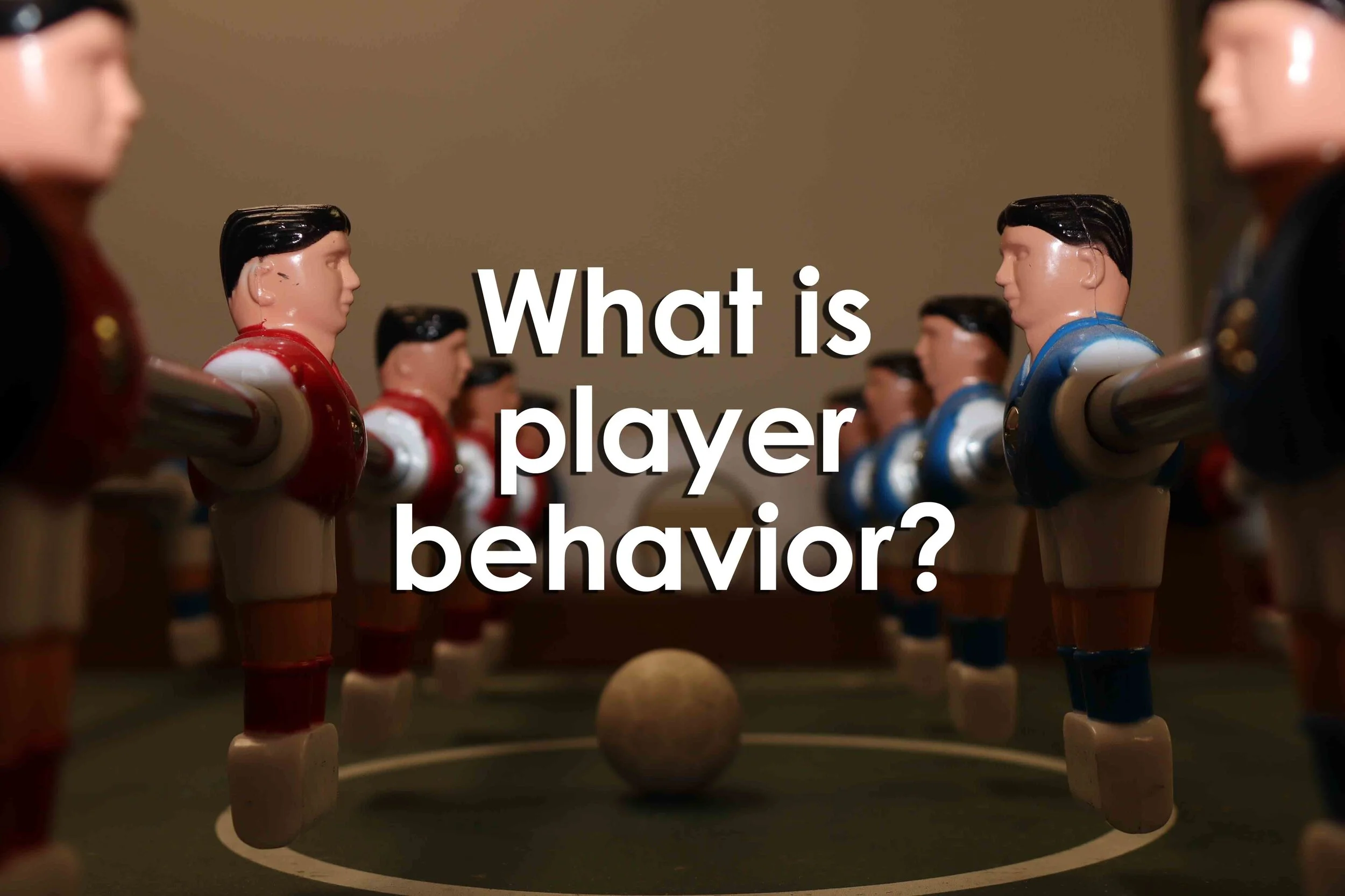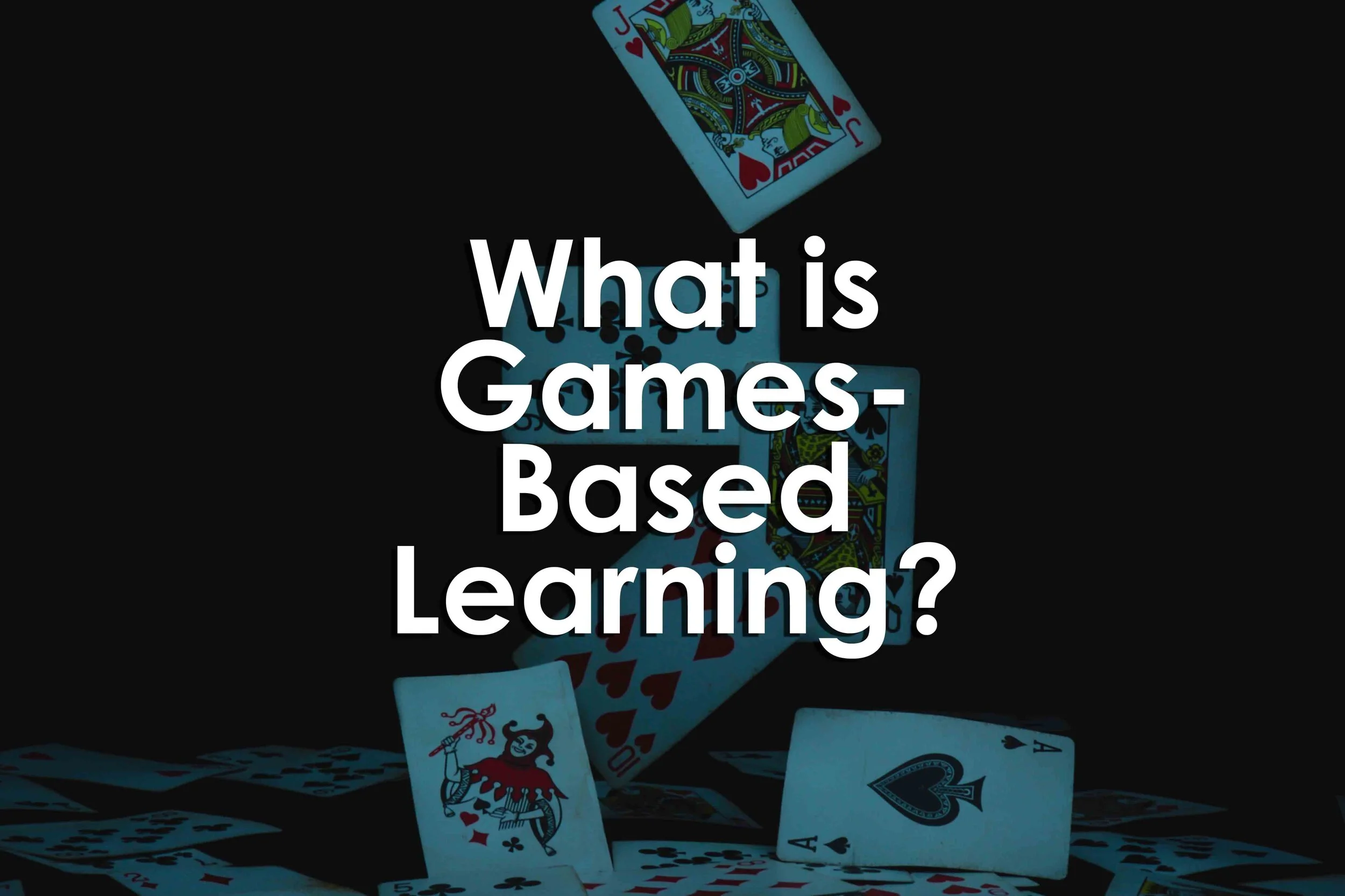This article provides a definition of player agency in games. Player agency includes making sure that players are provided with meaningful decisions during their play. This article reviews the concepts and scope of players’ meaningful decisions as well as the requisite components that make up player agency. Player agency is reviewed from multiple perspectives. Those perspectives include from within the magic circle; from within the game design; and lastly from the designer.
Read MoreThis article will review the lusory attitude of games. It includes a review of play in games as well as an overview of the “lusory agreement.” Part of this agreement includes players adhering to the rules of the game. While rules are important formal structures of games they aren’t the only thing that is involved in the lusory agreement. Players’ attitudes and mindsets also impact their agreement. This agreement should prevent and discourage players from acting in “bad faith” when making decisions in games. The article closes on the social contract and social agreement of games as part of the lusory attitude.
Read MoreThis article will answer the question “What is the magic circle?” In addition, it’ll address the magic circle as the “separate and special place” in gaming. Characteristics and locations of the magic circle will be discussed as well as how players cross into the magic circle. Players’ rules and roles within the circle as well as their return to “reality” are covered in this article. Finally, this article closes on using the magic circle in games-based learning as well as some criticisms around its use.
Read MoreThis article will address why understanding player behavior is important. Player behavior will be defined as well as what characteristics make up player behaviors. Influences that affect player behavior are reviewed in depth as well as different players’ responses to different influences in the game environment. Finally, outcomes of player behaviors are discussed as well as how to design to capitalize on them.
Read MoreThis article will provide an overview of interactive experiences. Specifically addressing how they are created with users’ needs in mind. Interactive experiences benefit from the connection between users and the environment. But that connection is often nothing without control, agency, and decision making capacity. Costello’s Pleasure Framework is identified as a structure with which to build immersive and interactive environments that can be integrated into physical spaces. Finally, applications and examples of interactive experiences are provided.
Read MoreThis article will answer the question “what is a simulation?” In addition, the connection between games and simulations will be outlined and discussed. The role that simulations play in teaching and learning will be covered as well as some of the biggest benefits of using simulations for education. Steps for applying and using simulations for learning will be outlined. In addition, adapting simulations for an established class or course will also be discussed. This article ends with some common issues using simulations as well as some of the best outcomes to prioritize when applying simulations to teaching and learning.
Read MoreThis article will answer the question “what is gamification?” Examples of gamification and some applications of gamification will be provided. An examination of gamification is covered in order to determine that makes it successful. Finally, tips will be shared and discussed on how to use gamification successfully to achieve your goals while mitigating some of gamification’s shortcomings.
Read MoreThis article will answer what learning games are. In addition, common problems and challenges with learning games will be reviewed. Key characteristics of learning games will be provided as well as attributes that make good learning games. The article closes with how to design learning games as well as provides an argument on using games for learning.
Read MoreThis article covers why we should use games for learning as well as includes a definition of games-based learning. Games-based learning often gets confused with gamification; so this article will discuss the differences between the two. Lastly, the article will cover how skills are developed through games-based learning as well as how to use games-based learning in your own practice.
Read MoreThis article will address the historical overview of representation in games as well as how it reflects on the direction of the game industry. The article will review reasons to become more representative as well as some negative aspects that under-representation or misrepresentation has had in games. The article will cover the growing diversity of gamers as well as some prime examples to follow. Representation is addressed as a concept of design accessibility and is followed with some action steps to take. Finally, representation as it relates to table top game play and future implications are included and discussed.
Read MoreThis article will address how accessibility affects the player experience. We’ll dive deeply into why accessibility challenges make them the “wrong” kind of difficulty for players. This article will address accessibility as design considerations for the widest and most diverse audience. We’ll first cover designing with accessibility in mind from the start and then cover types of accessibility changes made in game design. Those changes include accessibility addressing motor movement; cognition; vision; hearing; and economics. This article will close on how designers can use accessibility to continually improve their practice and design.
Read MoreThis article will review the role of play testing games. It will cover what a play test is as well as reasons why designers should play test their games. This article will also cover some player limitations of play testing as well as how to keep designer bias in check. Objectives of play testing and stages of play testing will also be covered and discussed. Advice is provided on collecting information during a play test as well as where to play test. The article ends with how you can use play testing to grow as a designer as well as how to serve as a good play tester yourself.
Read MoreThis article will review different areas of player feedback from play testing. It includes the steps for collecting feedback as well as how to specifically ask for actionable feedback from your playtesters. It includes the top three questions that I ask from all of my playtesters as well as common interpretations for the kinds of feedback that you’ll receive. The article will cover how to consolidate your feedback from playtesters as well as how to apply it. Review of the feedback process will be provided along with limitations of the entire feedback process.
Read MoreThis article will provide a very broad and generalized overview of the different components that make up table top games. Disclaimer though: this list is not meant to be comprehensive or completely inclusive. Of course, there are opportunities to discuss and debate the use of these different components. As those are discussed the list and applications of game components will continue to expand. This article will cover what these game components are as well as sort them into applicable areas.
Read MoreThis article will address the “engagement curve” of games and how it affects player and user engagement. It will cover what should be prioritized when creating engaging games as well as how timing works in the engagement cycle. This curve is discussed for continual player engagement as well as how most popular apps utilize this for monetization purposes. Finally, this article closes out on why engagement is important for games and how it can be harnessed for serious game development.
Read MoreThis article will review what game mechanics are as well as how players interact and interpret them. Game designers’ roles with creating and using mechanics will be discussed as well as how mechanics are used for games-based learning and educational gaming. Lastly, this article will close on what designers should avoid when designing mechanics for their games.
Read MoreIn this article we’ll review what “sandbagging” is in games as well as provide examples from the most prevalent games where this happens. This article will also review competition in games as well as how players use and exploit the competitive advantage. Lastly, this article will end with an overview on designing for balance in games in order to make the best use of those competitive elements.
Read MoreYes they can! These kinds of games are called idiogames and this article will take a deeper look into what they are. Challenges surrounding how we create definitions around games will also be included. This article will also cover the structure of how these meaningful decisions produce personal outcomes for ourselves. Finally, this article will close on some idiogame examples.
Read MoreThis article answers the question: “What is an orthogame” as well as reviews the characteristics of orthogames. Orthogames will also be compared against competitive gaming and casual gaming.
Read MoreThis article will review the positives of learning and gaming in a socialized game environment as well as how gamers, players, students, and educators may create a socialized learning environment. This article will close on the outcomes and applications of socialized gaming.
Read More



















